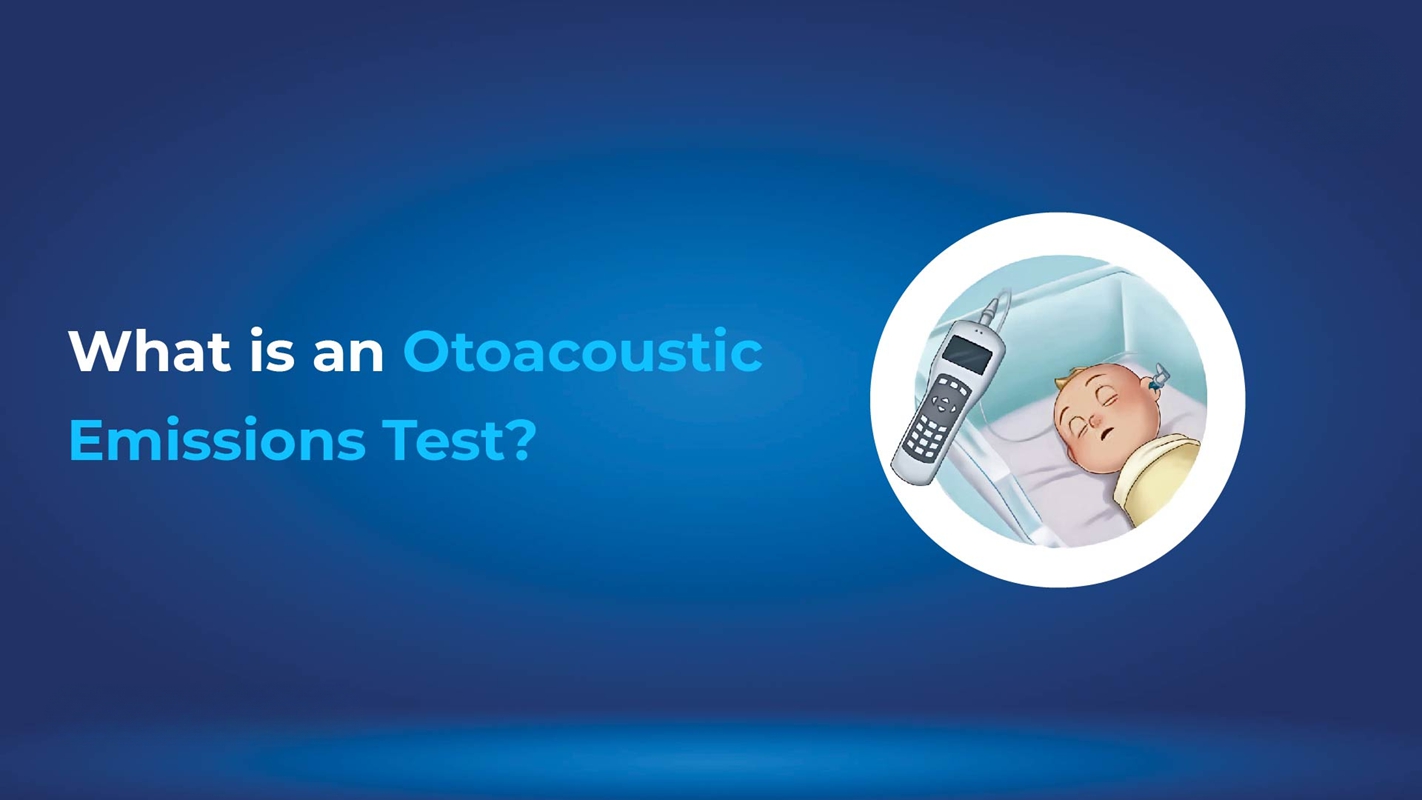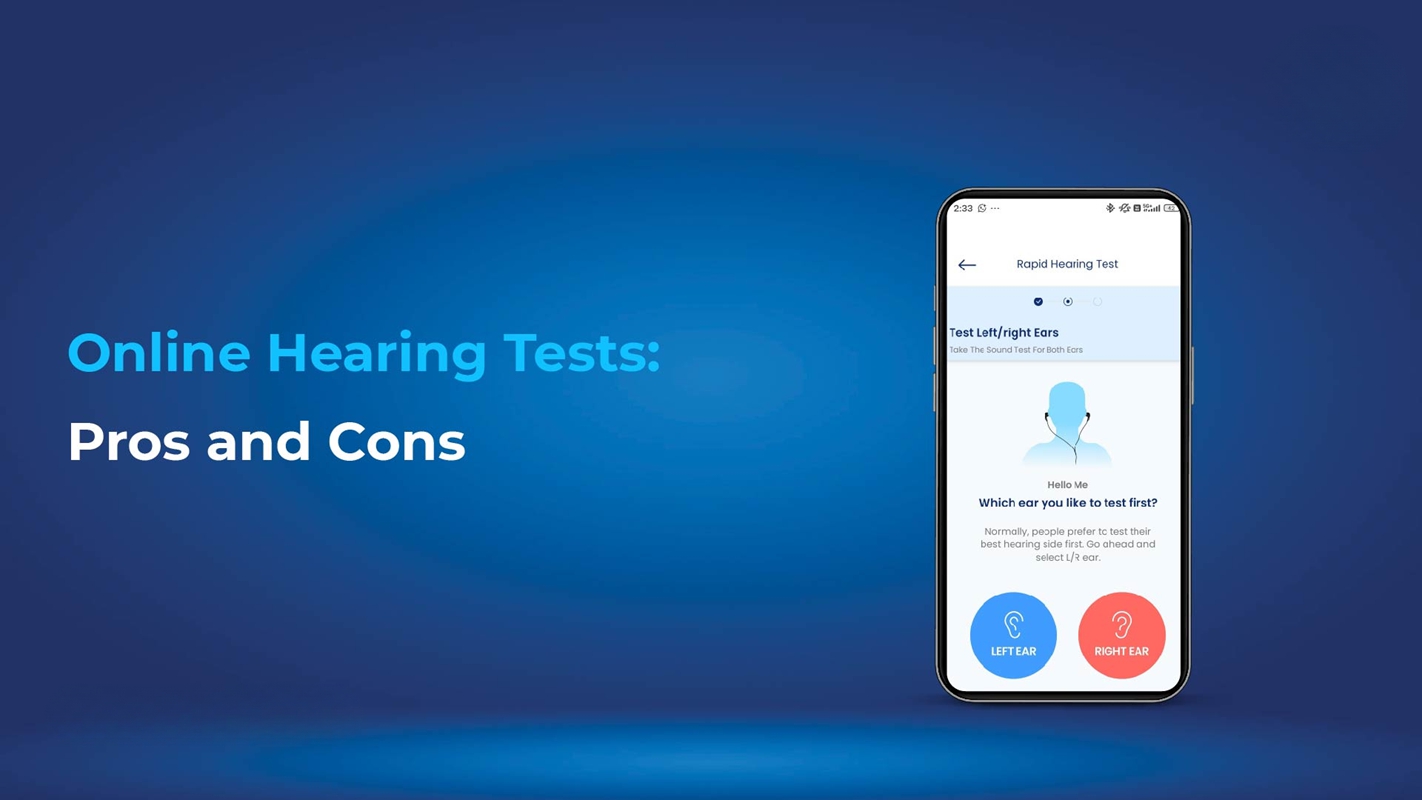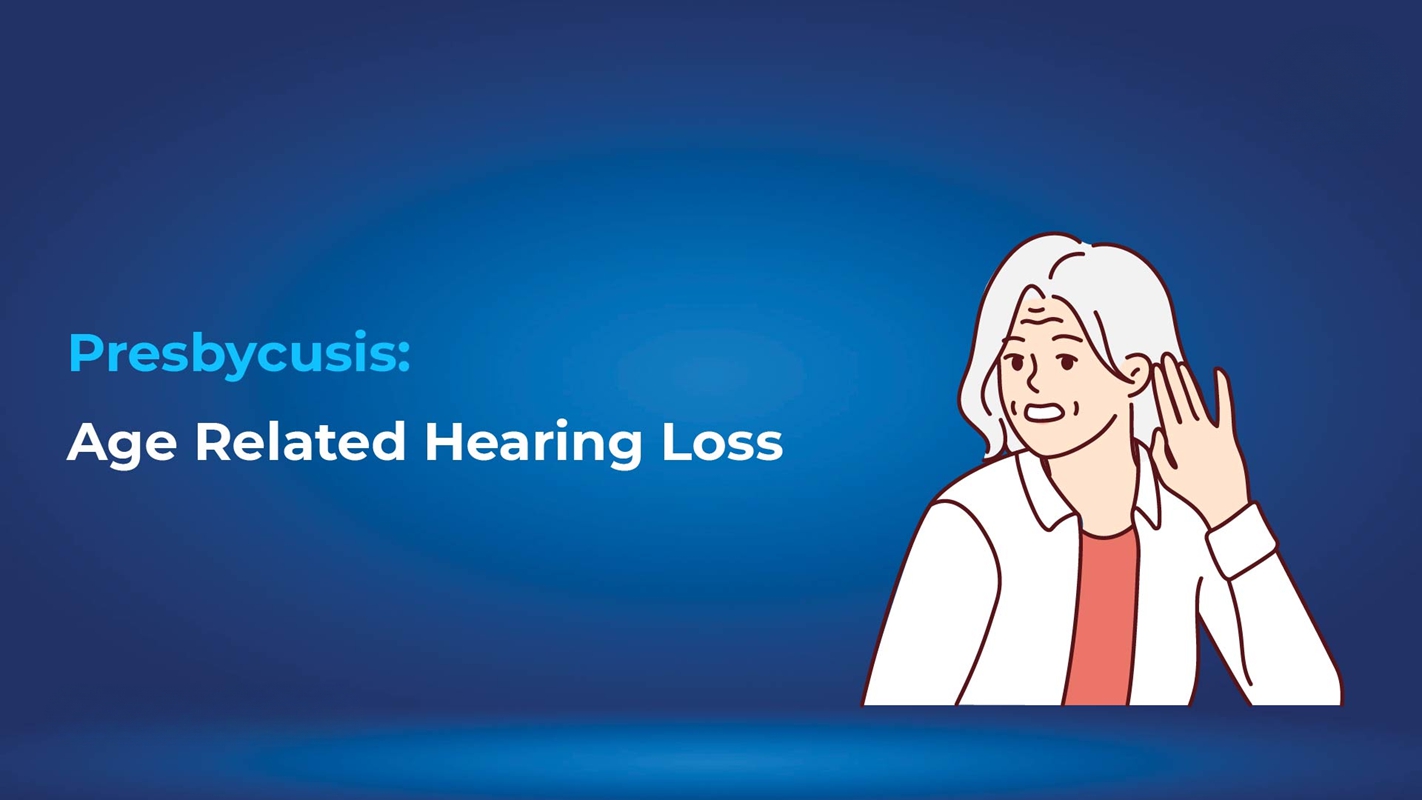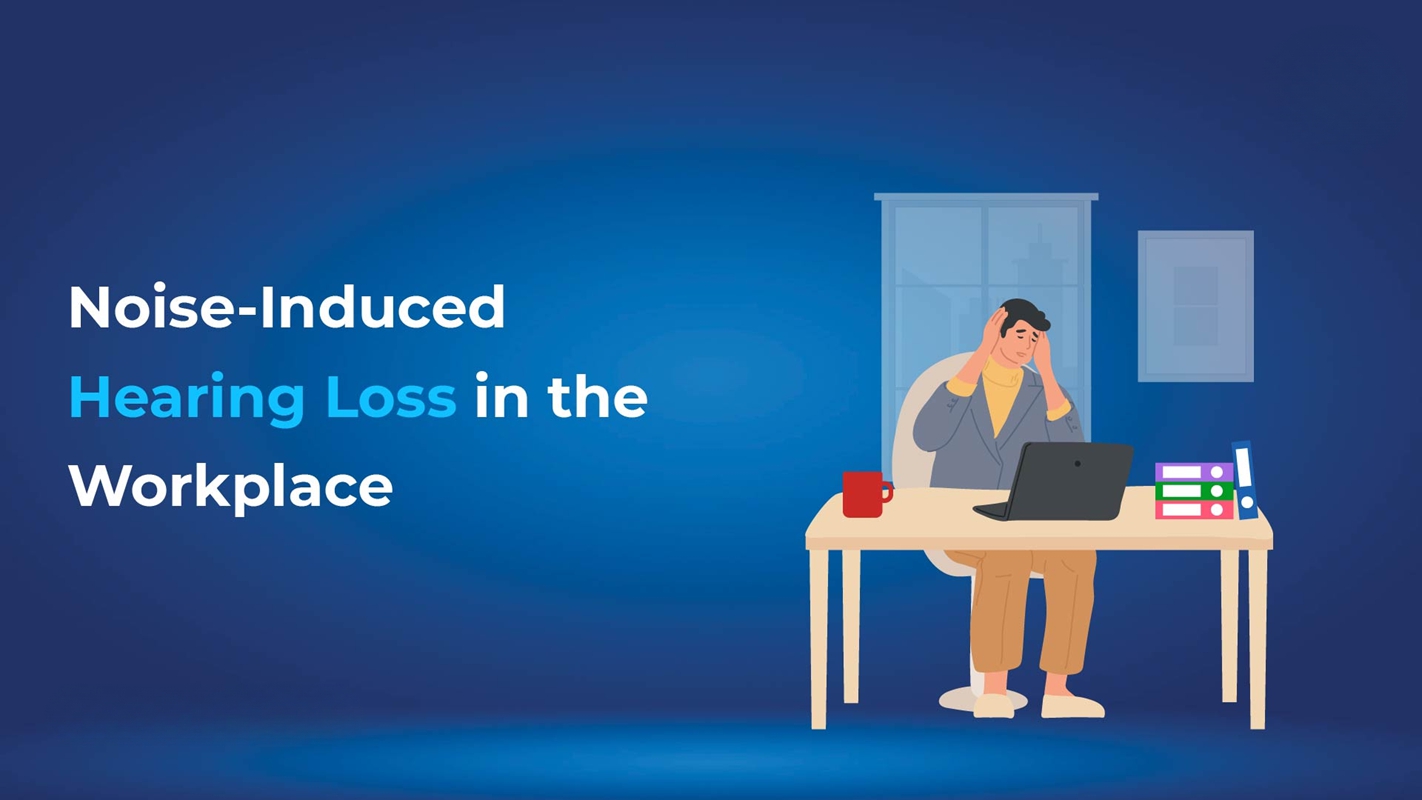What is an Otoacoustic Emissions Test?
An Otoacoustic Emissions (OAE) test is a quick, non-invasive hearing screening method used to assess inner ear (cochlear) function. It measures sound waves—called otoacoustic emissions—that are produced by healthy outer hair cells in the cochlea when stimulated by a sound. These emissions are absent or reduced when there is hearing loss.

Purpose of the OAE Test
The primary purpose of an OAE test is to evaluate the function of the cochlea, specifically the outer hair cells. These cells are essential for amplifying and fine-tuning sound. The test is commonly used for:
Newborn Hearing Screening: Hospitals use OAE testing as a standard part of early hearing detection programs
Pediatric Hearing Assessment: Infants and young children who cannot communicate verbally can be tested easily using OAEs.
Monitoring Cochlear Health: Individuals exposed to loud noise, chemotherapy, or ototoxic medications may undergo regular OAE testing.
Cross-Verification: It helps validate results from other hearing tests like audiometry or tympanometry.
OAE testing is also beneficial in identifying sensorineural hearing loss, which occurs due to damage in the cochlea or auditory nerve.
OAE Test Procedure
The OAE test procedure is simple, quick, and does not require any active response from the patient, making it ideal for infants and people with special needs.
Here’s how the procedure works:
Preparation: The patient sits or lies down in a quiet room. No sedation is required.
Probe Placement: A small, soft probe containing a microphone and a speaker is inserted into the ear canal.
Sound Emission: The probe emits a series of clicking sounds or tones into the ear.
Sound Detection: The microphone picks up the echo-like responses (otoacoustic emissions) from the cochlea.
Result Analysis: The equipment records the emissions, which are analyzed to determine cochlear health.
If emissions are present, it indicates normal outer hair cell function. If absent or reduced, it may suggest hearing loss or middle ear issues such as fluid buildup.
Hearing Screening Accuracy
The hearing screening accuracy of the OAE test is high when used for its intended purpose—detecting cochlear function. However, it has limitations:
Accurate for Early Detection: Highly effective in detecting hearing issues in newborns and young children.
Sensitive to Middle Ear Problems: Earwax or fluid can block emissions, leading to false positives.
Not a Comprehensive Hearing Test: While it confirms cochlear function, it does not measure hearing thresholds or detect neural issues.
To ensure diagnostic precision, OAE tests are often combined with Auditory Brainstem Response (ABR) testing or pure-tone audiometry for a complete hearing evaluation.
Why OAE Tests are Essential for Newborn Hearing Screening & Pediatric Audiology
Early hearing detection is critical for speech, language, and cognitive development in children. The Otoacoustic Emissions test plays a key role in newborn hearing test programs and pediatric audiology, making it a standard tool for early diagnosis of hearing loss.
Importance in Newborn Hearing Tests
The OAE in infants is the preferred method for universal newborn hearing screening because it is quick, reliable, and non-invasive. It can be performed within the first 24 to 48 hours after birth, even while the baby is asleep. The test identifies whether the cochlea, particularly the outer hair cells, is functioning properly.
No behavioral response needed – ideal for non-verbal patients
Takes only a few minutes.
Highly sensitive to cochlear damage.
Early hearing loss detection in newborns helps initiate timely interventions, such as hearing aids or speech therapy, which are critical in the first 6 months of life when brain development is rapid.
Role in Pediatric Audiology
In pediatric audiology, OAE testing is routinely used for infants, toddlers, and young children who cannot reliably participate in conventional hearing tests. It offers an objective measure of hearing function without requiring active participation from the child.
Benefits include:
Tracking developmental hearing over time
Monitoring cochlear function in high-risk children (e.g., premature birth, NICU stays, genetic conditions)
Checking hearing status after infections, ototoxic medications, or ear surgeries
OAEs can also be used for school-age children in regular hearing screenings, especially if they have speech delays or learning difficulties.
Supports Early Hearing Loss Detection
Early detection through OAE testing helps reduce the long-term impact of undiagnosed hearing loss, such as language delays, academic struggles, and social isolation. When combined with Auditory Brainstem Response testing, OAE offers a comprehensive approach to identifying both cochlear and neural hearing issues
OAE Test vs. Audiometry: Which Hearing Test is Right for You?
When it comes to evaluating hearing health, understanding the difference between OAE vs audiometry is crucial. Both tests serve different purposes and are used for specific patient groups in an adult hearing evaluation or pediatric setting.
OAE Test – Objective Cochlear Function Check
The Otoacoustic Emissions (OAE) test checks the function of the cochlea by detecting sound waves produced by outer hair cells in response to clicks or tones. It’s:
Objective and non-invasive
Ideal for newborns, infants, or non-verbal patients
Useful for early hearing loss detection and cochlear monitoring
However, OAE does not measure hearing thresholds or assess how well sounds are processed by the brain. It is typically used as a screening tool, not a full diagnostic test.
Audiometry – Behavioral Hearing Assessment
Audiometry involves responding to sounds at different pitches and volumes. It measures hearing thresholds and provides a detailed profile of hearing loss. It’s best for:
Adults and older children who can follow instructions
Identifying the type and degree of hearing loss
Fitting hearing aids or evaluating speech understanding
Types of hearing tests under audiometry include pure-tone audiometry and speech audiometry.
Which Test Is Right for You?
Choose OAE for quick, early screening or if testing infants or non-verbal individuals.
Choose audiometry for a comprehensive adult hearing evaluation or when detailed hearing thresholds are needed.
Also Read: How to Test Baby Hearing at Home
Audiometry Test: Purpose, Results, Normal Range
Book Your Free Hearing Test
The above is the interpretation of OAE Testing for Newborns and Adults provided by Chinese hearing aid supplier Shenrui Medical. Link https://www.srmcm.com/Blog/OAE-Testing-for-Newborns-and-Adults.html of this article is welcome to share and forward. For more hearing aid related information, please visit Blog or take a look at our Hearing aids products















